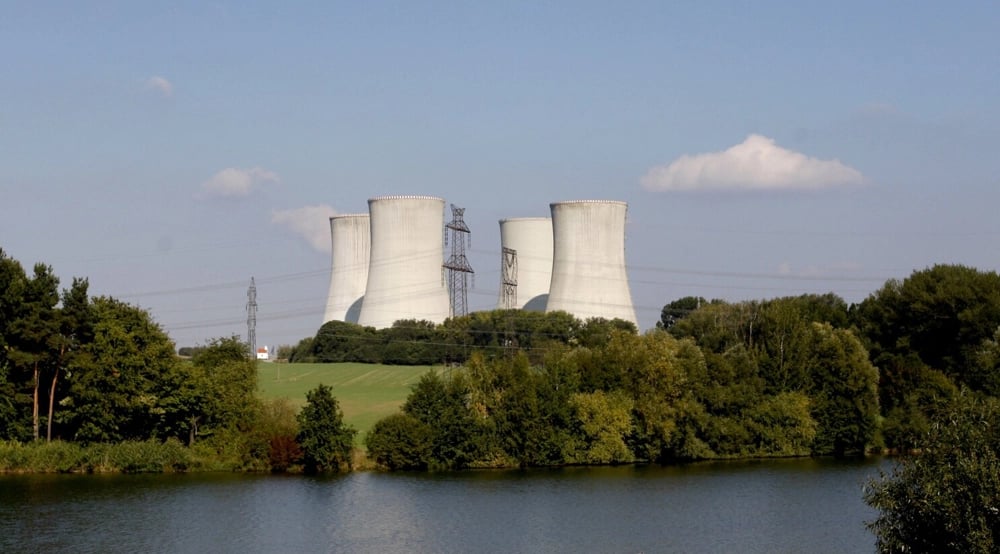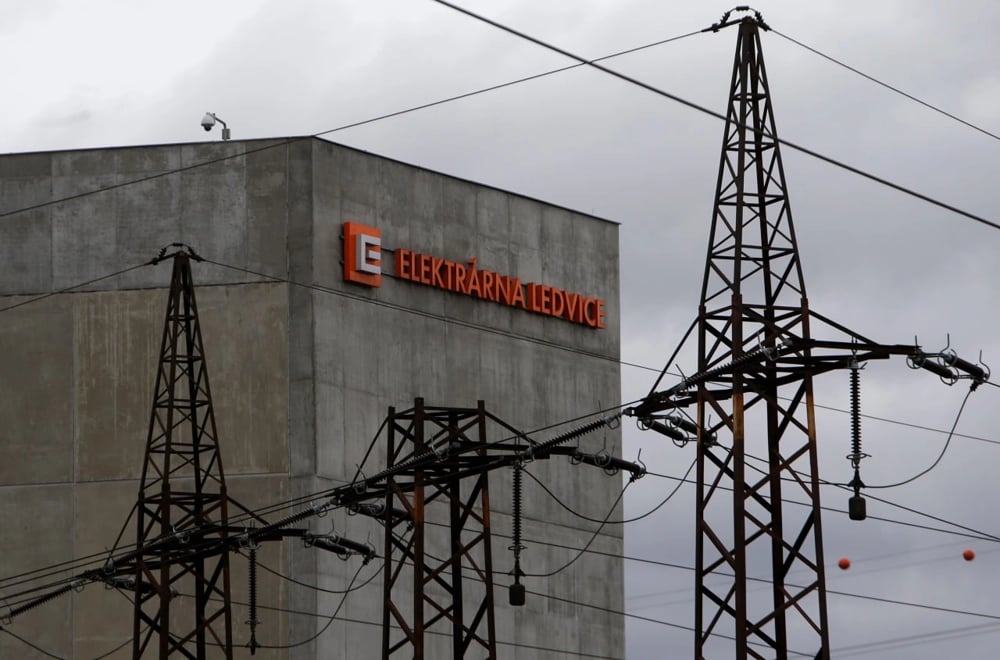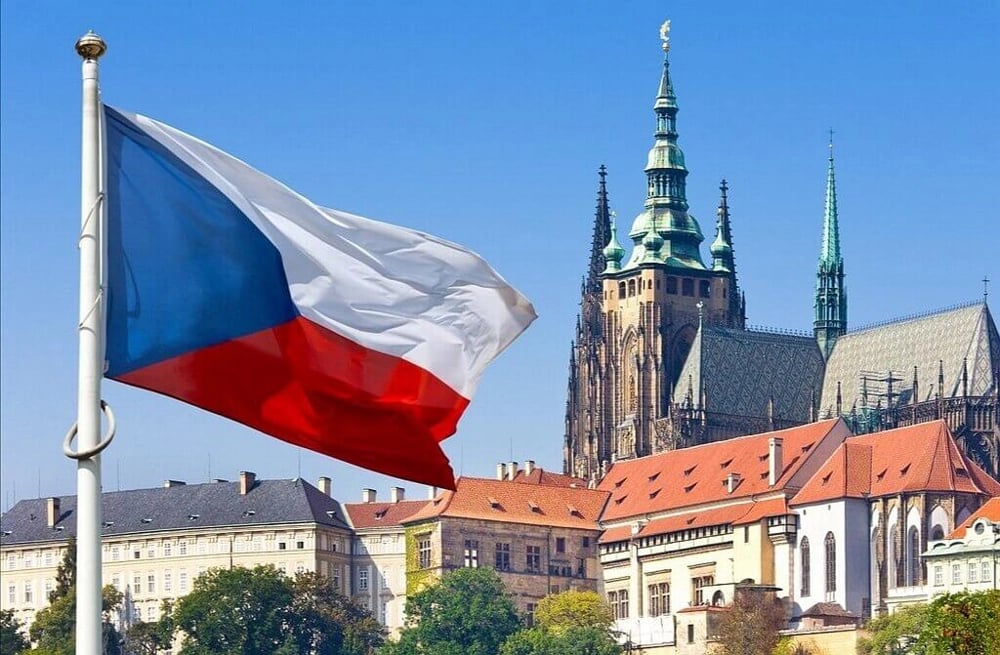CEZ and KHNP Sign $18 Billion Nuclear Deal, the Largest in Czech History
On June 5, 2025, the Czech Republic took a major step toward long-term energy security by finalizing a landmark $18 billion contract with South Korea's Korea Hydro & Nuclear Power (KHNP). The deal, now cleared by the country’s Supreme Court after previously facing legal obstacles, involves building two new nuclear reactors at the Dukovany Nuclear Power Plant. It marks the largest public procurement in Czech history and a pivotal component of the country's strategy to phase out coal-fired power generation.

Analyzing the CEZ–KHNP Agreement: Europe’s Nuclear Ambitions Take Shape
The agreement outlines the construction of two nuclear reactors, each with a capacity of 1,000 megawatts, using KHNP’s APR-1000 technology—specifically adapted to meet European regulatory standards. The project is spearheaded by state-owned utility ČEZ Group (CEZP.PR) through its subsidiary EDU II, which selected KHNP as the preferred contractor in 2023 following a competitive international tender.
This venture is KHNP’s first nuclear construction project in Europe, reinforcing its global expansion beyond traditional markets in Asia and the Middle East. According to CEZ, the first reactor is expected to go online by 2036.
For the Czech Republic, this project serves dual purposes: reducing its dependency on fossil fuels—particularly coal—and reinforcing national energy security. The deal also positions the country as a regional hub for clean, stable energy production in Central Europe.
Key Facts About the Czech–KHNP Nuclear Project
Total contract value: $18 billion — the largest procurement deal in Czech history
Contractor: Korea Hydro & Nuclear Power (KHNP), South Korea
Developer: EDU II, a subsidiary of ČEZ Group
Location: Dukovany Nuclear Power Plant, Czech Republic
Capacity: Two 1,000-megawatt reactors
Timeline: First unit scheduled for completion by 2036
Legal status: Supreme Court lifted previous injunction, clearing the way for execution
Strategic goal: Replace coal and boost long-term energy independence

Market Response and Expert Reactions to the Czech Nuclear Agreement
The deal has generated widespread attention across the energy sector and financial markets. CEZ shares posted modest gains following the announcement, reflecting investor confidence in the company’s forward-looking energy portfolio.
Industry analysts view the contract as a strategic breakthrough for KHNP, offering a foothold in the European nuclear market and expanding its reputation as a credible alternative to Western and Russian suppliers. The European Commission has also expressed tentative support, noting that the project aligns with the EU’s broader energy transition and decarbonization goals.
Geopolitically, the agreement sends a strong message: Eastern European nations are diversifying their energy sources and suppliers, pivoting away from fossil fuels and enhancing resilience against external shocks, including disruptions in natural gas imports.
Seven Takeaways From the CEZ–KHNP Deal
Historic $18B contract is the largest infrastructure deal in Czech public procurement
KHNP breaks into the European nuclear market for the first time
EZ Group solidifies its role as a leader in energy transition
The project is key to retiring coal plants by 2040
Legal risks have been removed, ensuring regulatory clarity
CEZP.PR shares responded positively to the announcement
Enhances Czech and regional energy security amid geopolitical volatility

Nuclear Power as a Cornerstone of Czech Energy Strategy
The CEZ–KHNP deal marks more than just a high-value energy project. It represents a strategic investment in long-term energy stability, environmental responsibility, and national sovereignty. With the legal hurdles cleared and the technology validated, the Czech Republic is poised to lead the next generation of clean, baseload power in Central Europe.
As nations across Europe race to meet climate targets and reduce dependence on fossil fuels, the revival of nuclear energy as a viable and scalable solution is gaining traction. The Dukovany project, enabled through international cooperation, illustrates that the future of sustainable power may very well lie in atoms.















Comments
The deal underscores how automation is becoming central to next-generation tech infrastructure